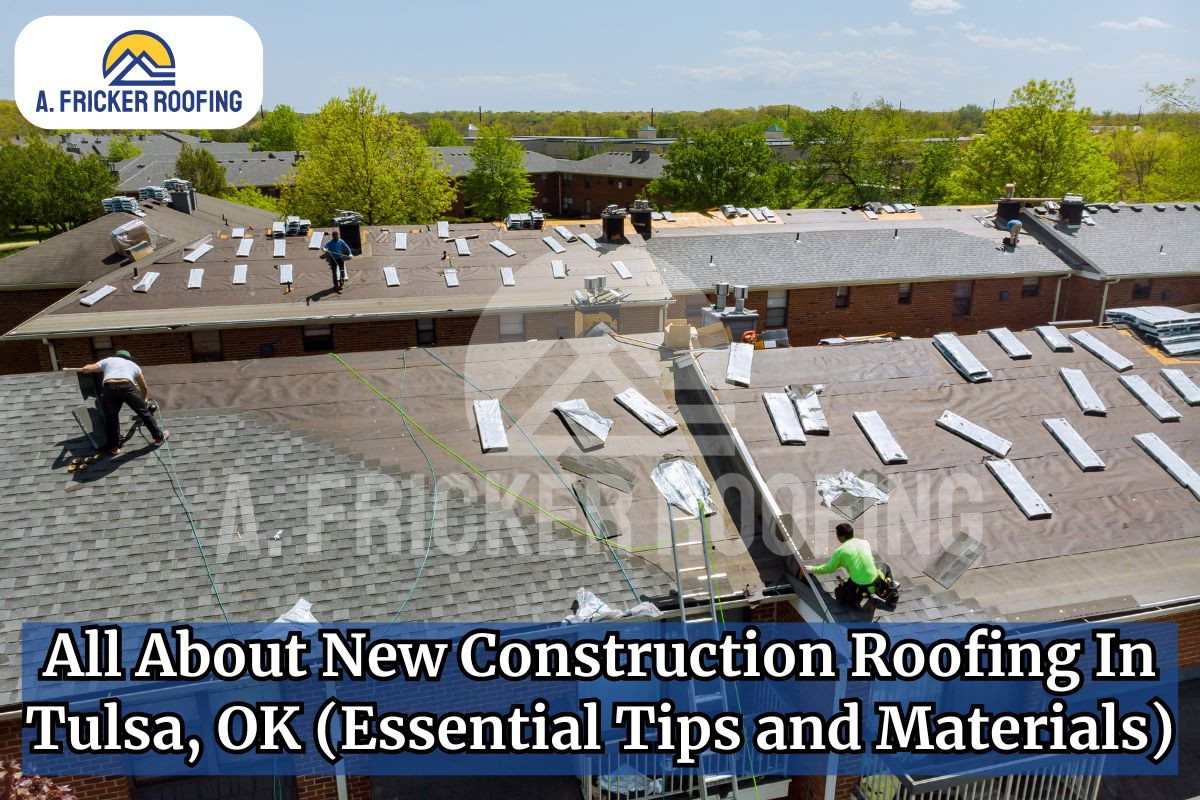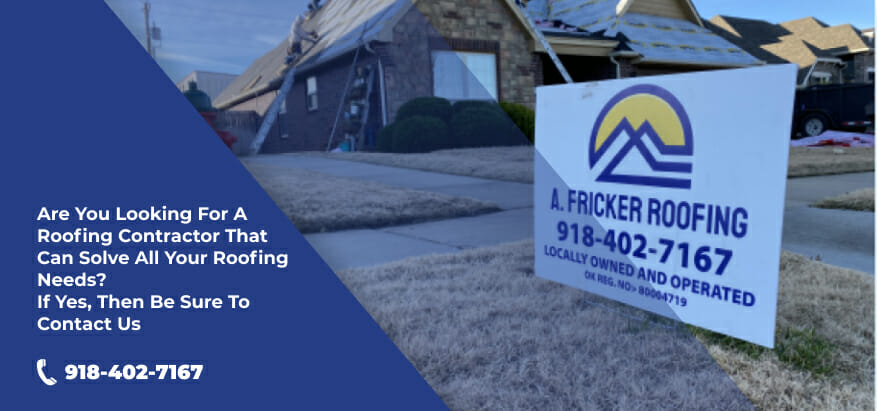Considering a new roof installation? Then this essential guide is for you. This comprehensive guide comprises everything you need to know about new construction roofing projects. From types of roof frames to design options and the most popular roofing materials, this blog post covers it all. Read through the end to not miss anything.
How New Construction Roofing Is Different From Roof Replacement

Let’s be direct: new construction roofing is different from a roof replacement. New homeowners must understand this essential difference to avoid any confusion during the process.
New construction roofing differs from roof replacement in that it starts with a new deck, a new roof frame, and a new structure, requiring earlier planning and design. It begins with a blank state or no roof and goes all the way up to installing new roof materials, flashing, and other roof components.
A roof replacement, on the other hand, involves removing old roofing materials and replacing them with new ones. It starts with the existing roof frame and deck (if not damaged).
Also, it is important to note that a roof can generally be replaced in two ways: partial and complete roof replacement. Partial roof replacement involves replacing only the damaged part of the roof. In contrast, a complete roof replacement, as the name suggests, involves replacing all the old roofing materials, including underlayment and flashing.
Types of Roof Frames To Consider For Your New Roof
New construction roofing starts with planning and designing the roof frame. A roof frame is the fundamental roof structure that supports all other roofing components.
1. Roof Rafters
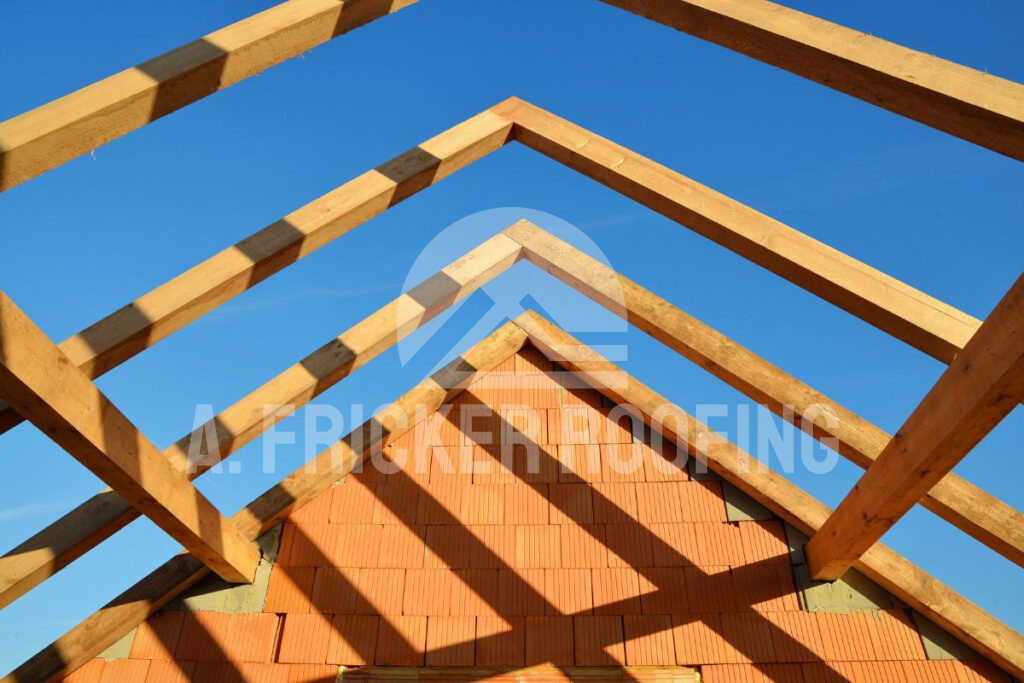
Rafters are a traditional framing method consisting of individual beams that support the roof deck. For this reason, they are also known as a stick-frame roof. They are built on-site, unlike roof trusses, which are assembled off-site. Moreover, if you want more attic space in your home, roof rafters are the better choice. Rafters offer more flexibility in attic design, allowing for vaulted ceilings or more storage space.
2. Roof Trusses
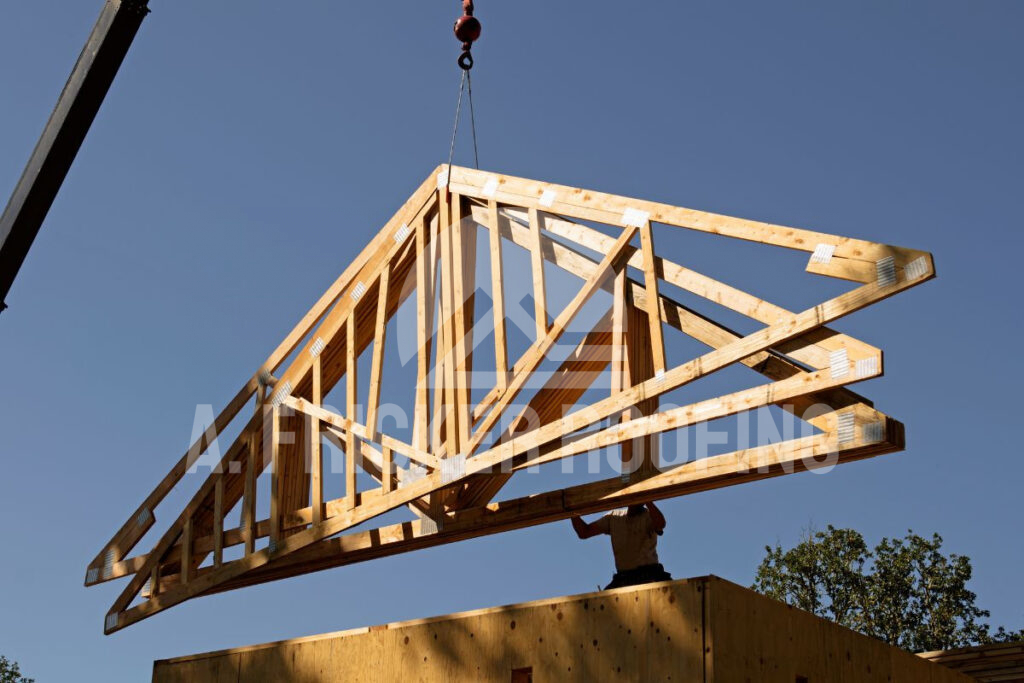
Unlike roof rafters that are built on-site, trusses are pre-fabricated in triangular structures and are delivered to the work site. They provide excellent support for your roof. Roof trusses are popular in modern new construction roofing because they’re easy to install, cost-effective, and provide robust structural integrity. However, they can be heavy, requiring load-bearing walls for support.
Most Popular New Roof Construction Design Options
The following are the most popular new construction roof design options:
1. Gable Roof
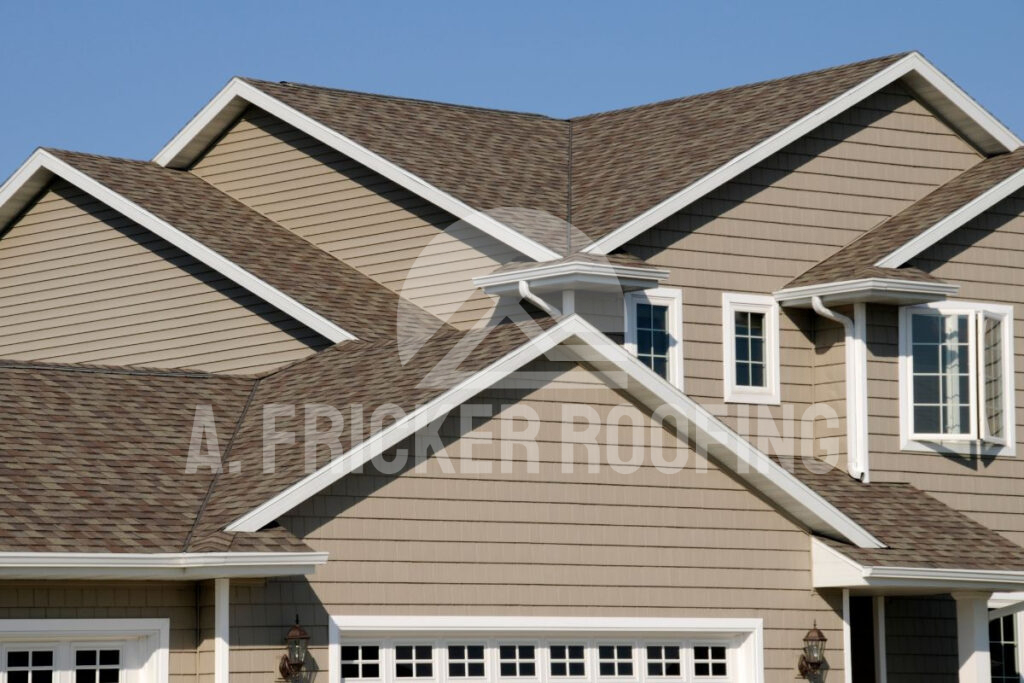
The gable roof is one of the most popular choices for a new roof. Characterized by its triangular shape, it’s simple, cost-effective, and excellent for shedding water and snow. Additionally, it provides ample space for an attic or vaulted ceilings.
2. Hip Roof

Unlike gable roofs, which feature two sloping faces, hip roofs have slopes on all four sides, which meet at a ridge. Hip roofs are the most recommended roofing option in high wind and storm-prone areas because of their sturdier roof design. Moreover, hip roofs are more aesthetically pleasing and offer a distinctive look to your home.
3. Gambrel Roof

Often installed on barns, the gambrel roof offers a unique and charming design for residential homes. It has two slopes on each side, providing additional space in the attic for storage or living areas.
4. Mansard Roof
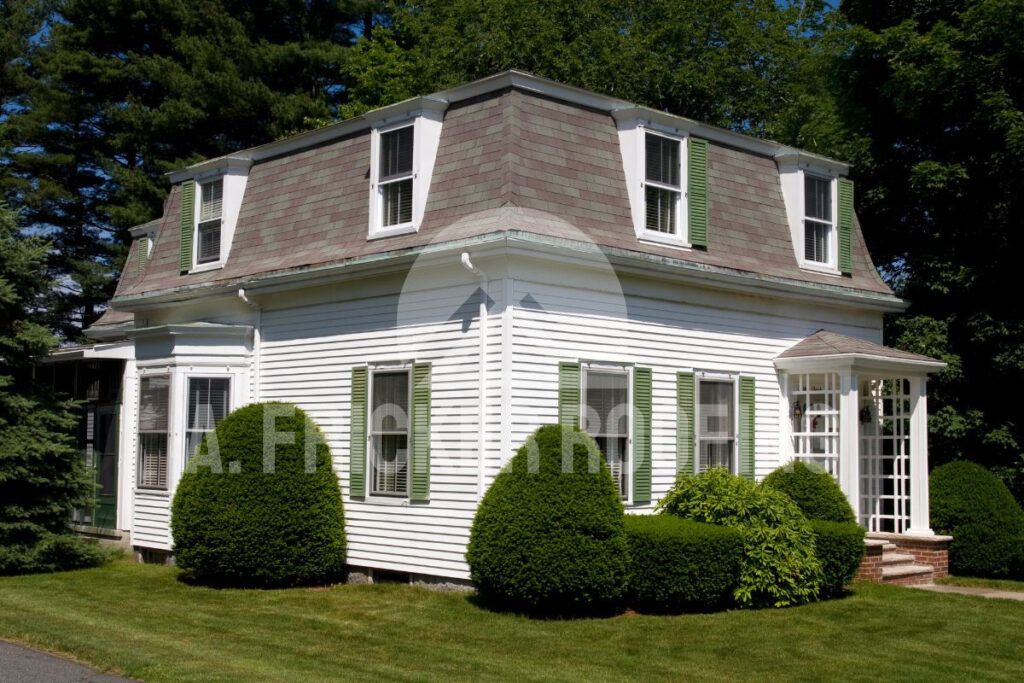
A mansard roof, with four sides and two slopes on each side, offers a stylish and sophisticated look. The lower slope is much steeper, providing more living space on the upper floors of your home. This design is excellent for those looking to maximize space and add a touch of elegance to their property.
Types of Roof Decks To Consider For Your New Roof
Now, coming to the roof deck, also known as roof sheathing. This is comprised of wooden boards that support the roofing materials and everything installed on the roof. There are several materials that can be used for the roof deck, including:
1. Plank Decking
Though not as common these days, plank decking has been used in roofing for over a century. Plank decking consists of long wooden boards that provide a solid foundation for your roofing materials. This is known for its durability and classic appeal. Moreover, plank decking allows for slight flexing, which can be beneficial in certain climates.
2. Plywood
Plywood is a popular choice due to its strength and cost-effectiveness. It consists of thin layers of wood veneer glued together to provide a sturdy base for your roofing materials. Plywood is easy to install and offers excellent support for a variety of roofing materials.
3. OSB
Oriented strand board (OSB) is also a common option. OSB is an engineered wood product made from compressed wood strands and adhesives. Moreover, it’s a cost-effective and reliable option for new roof construction. OSB roof deck is durable, easy to install, and provides a smooth surface for roofing materials.
Expert Recommended Roof Underlayments To Consider
Roof underlayment is the waterproofing layer sandwiched between the roof deck and the roofing materials. They resist water infiltration, preventing your roof from being damaged by leaks, mold, and trapped moisture.
1. Felt Underlayment
Felt underlayment has been used for decades in roofing. It’s made from a combination of asphalt and either an organic or fiberglass base, providing a moisture barrier between the roof deck and shingles.
2. Synthetic
Synthetic underlayment is a modern alternative to felt. It is made from polymers that provide superior strength and durability. Compared to felt, synthetic underlayment is lighter, more resistant to tearing, and better water-resistant. Therefore, many roofing professionals recommend synthetic underlayment for its enhanced performance and longevity.
Also Read: Synthetic Underlayment vs. Felt Underlayment: Which Is Right For Your Roof?
Most Common Roofing Materials For New Construction Roofs
Roofing materials are the outermost layer of the roof and add significant curb appeal to your property.
1. Asphalt Shingles
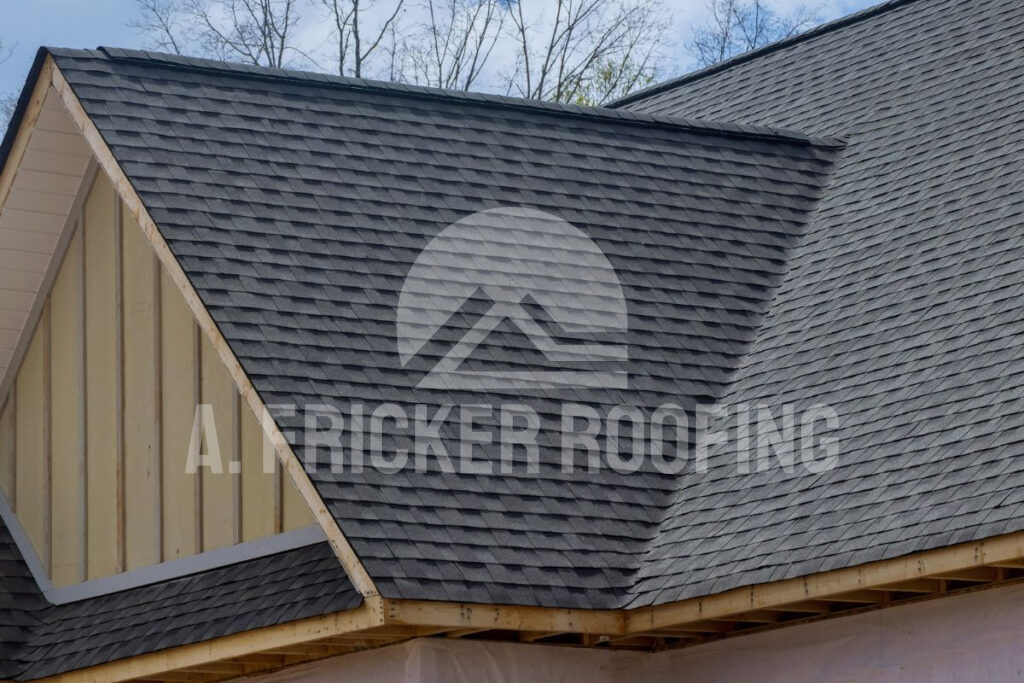
Asphalt shingles are the most popular roofing material used in the U.S. It is an incredible option if you want to install an affordable yet durable roofing material on your new roof. Asphalt shingles are available in three main types, including:
a. 3-Tab shingles
b. Architectural shingles
c. Luxury shingles
2. Metal Roof
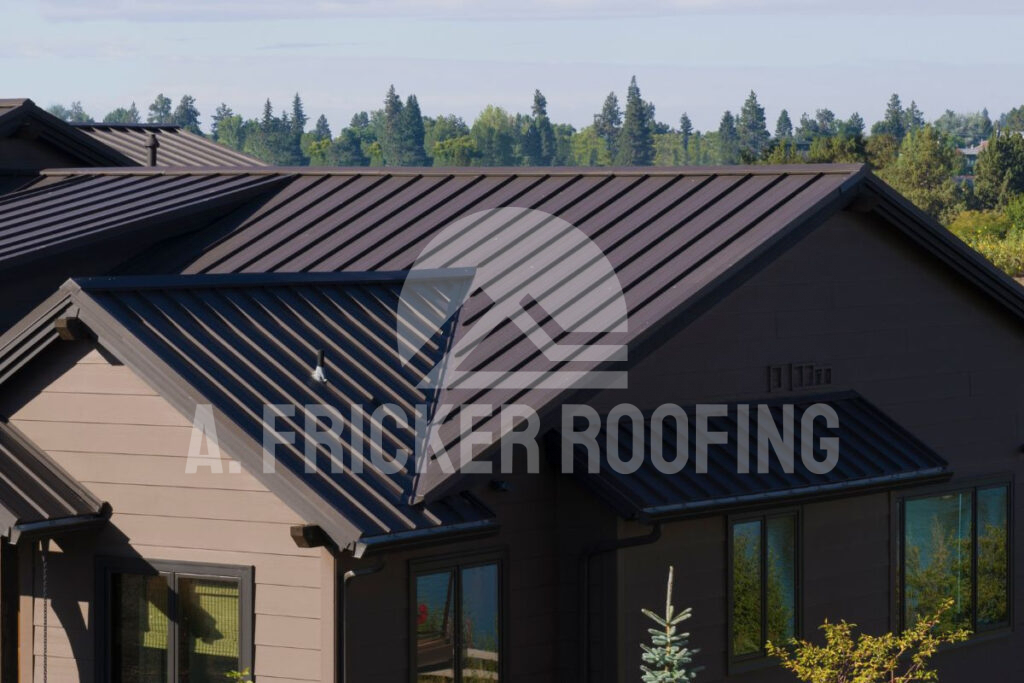
Among the many roofing materials, metal roofs are an emerging material known for its exceptional durability and incredible lifespan. Often lasting over 50 years, a metal roof is worth installing. Its stunning charm appeals to home buyers. The most popular metal roofing styles are:
a. Standing seam metal panels
b. Corrugated metal panels
c. Metal shingles
Each metal roof style comes with a unique appeal, features, and price range.
3. Clay or Concrete Tiles
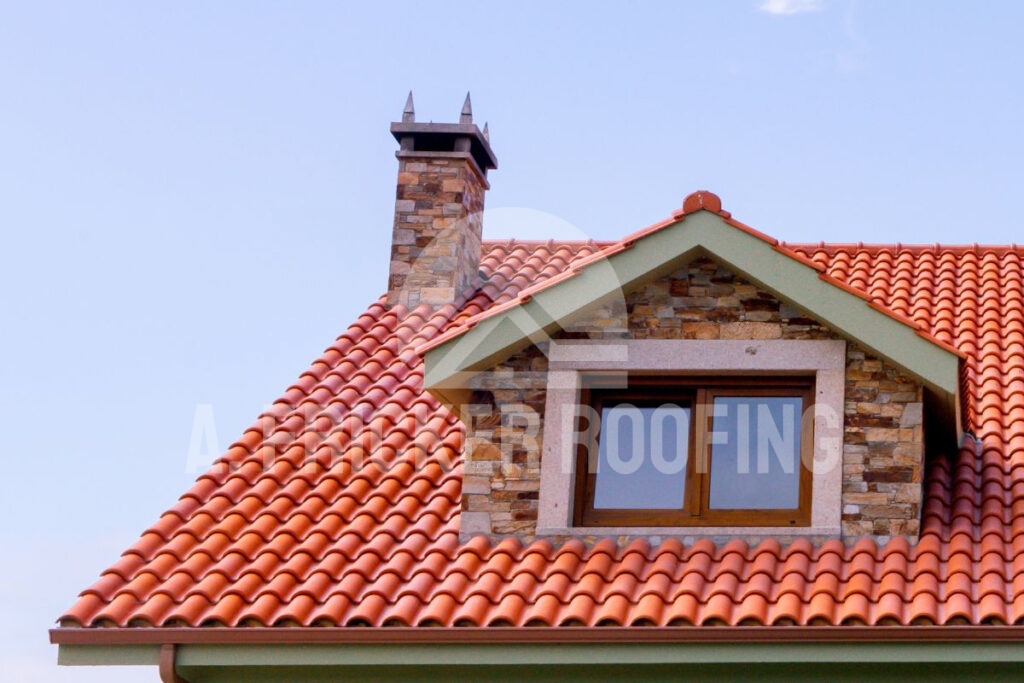
After slate tiles, clay, and concrete tiles are the most long-lasting and durable roofing materials. They can last over 80 years or more, protecting your home from the elements and severe storms. Clay and concrete tiles provide a distinctive and elegant appearance to your home. Plus, they are highly durable, fire-resistant, and energy-efficient.
Types of Roof Flashing
Roof flashing is an essential component installed around roof penetrations, such as chimneys, skylights, walls, and vents. It prevents water infiltration around such penetrations. Depending on the purpose and place, different types of roof flashing are installed on the new roof. The following are the most common.
1. Step Flashing
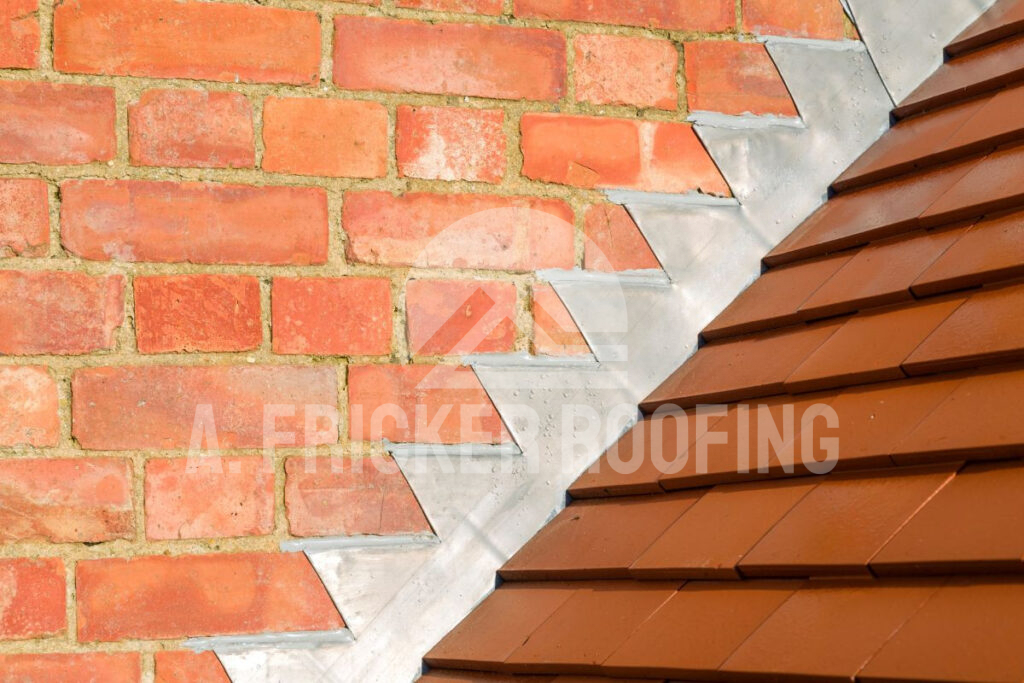
Step flashing is installed anywhere the roof face meets a vertical surface like exterior walls or dormers. These L-shaped pieces of metal are layered to prevent water from seeping into the joint. However, proper installation is necessary to create a watertight seal.
2. Continuous Flashing
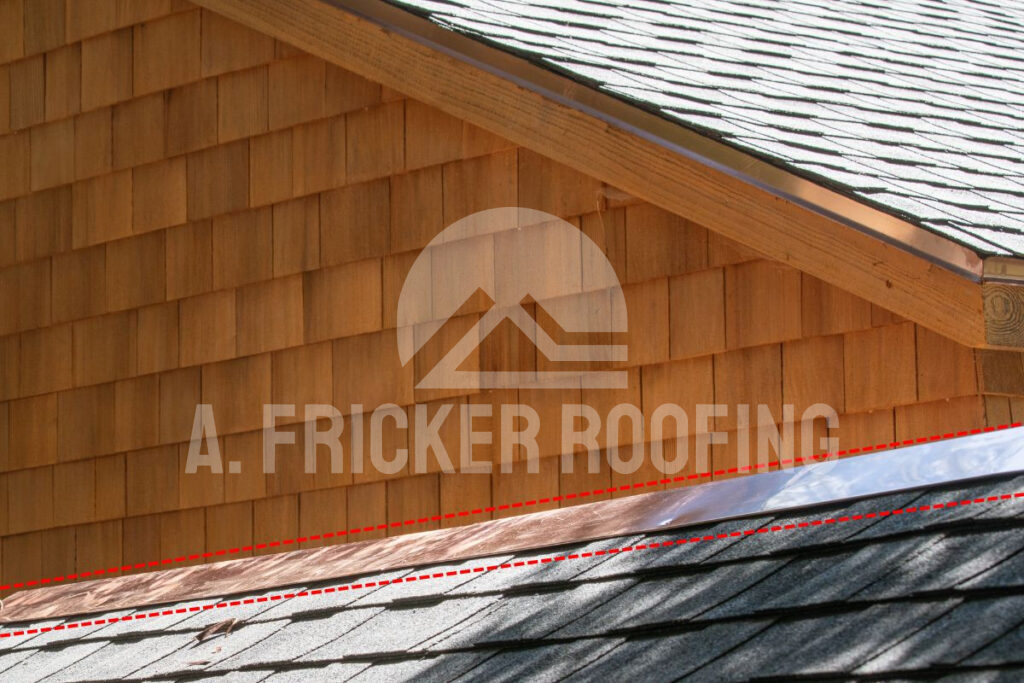
Continuous flashing is also common on roofing systems. It is also known as apron flashing. It is used to protect the intersection between the roof and a vertical surface. They provide a clean, continuous barrier against water infiltration, especially around dormers or chimneys.
3. Valley Flashing
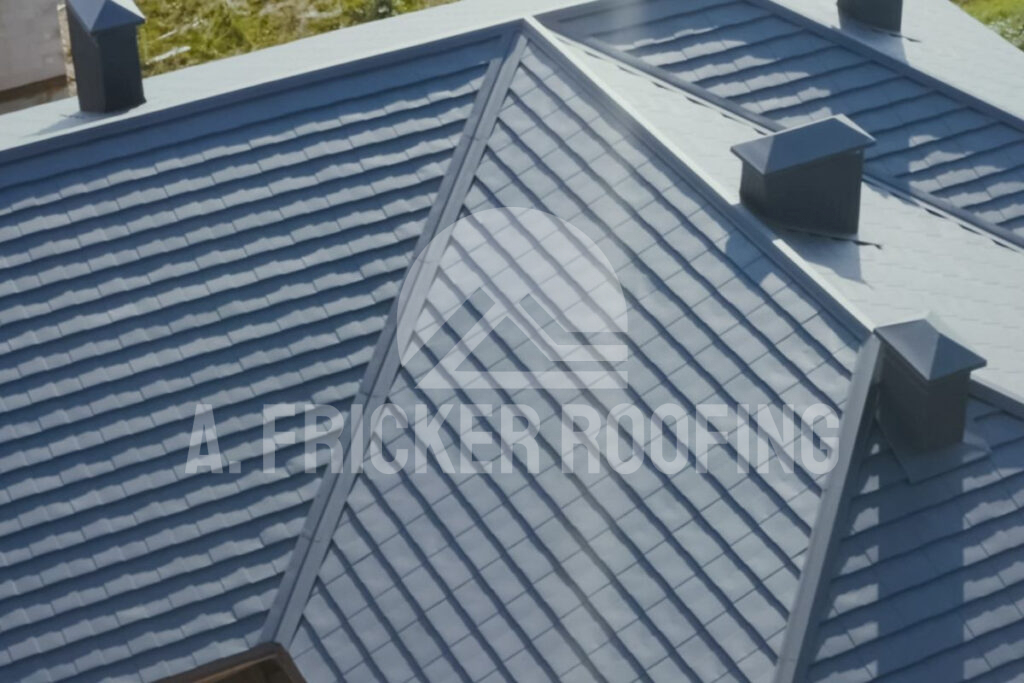
Valley flashing is installed where two roof slopes meet to form a valley. These metal pieces channel water off the roof and into the gutter system, preventing leaks and water damage. However, proper installation and sealing are vital to maintain the roof’s integrity.
Types of Roof Vents
Roof vents are your home’s breathing element. They bring in fresh and cool air while also exhausting hot and moist air, increasing your home’s overall energy efficiency.
1. Ridge Vents

Ridge vents run along the peak of the roof, allowing warm air to escape from the attic. They provide continuous ventilation, improving energy efficiency and extending the life of your roof. Ridge vents are discreet and blend seamlessly with the roofline.
2. Box Vents
Box vents, a type of static vents, are installed near the roof ridge to allow hot air to escape. They are simple, cost-effective, and easy to install. Box vents work best when combined with other ventilation methods to ensure proper airflow.
3. Soffit Vents
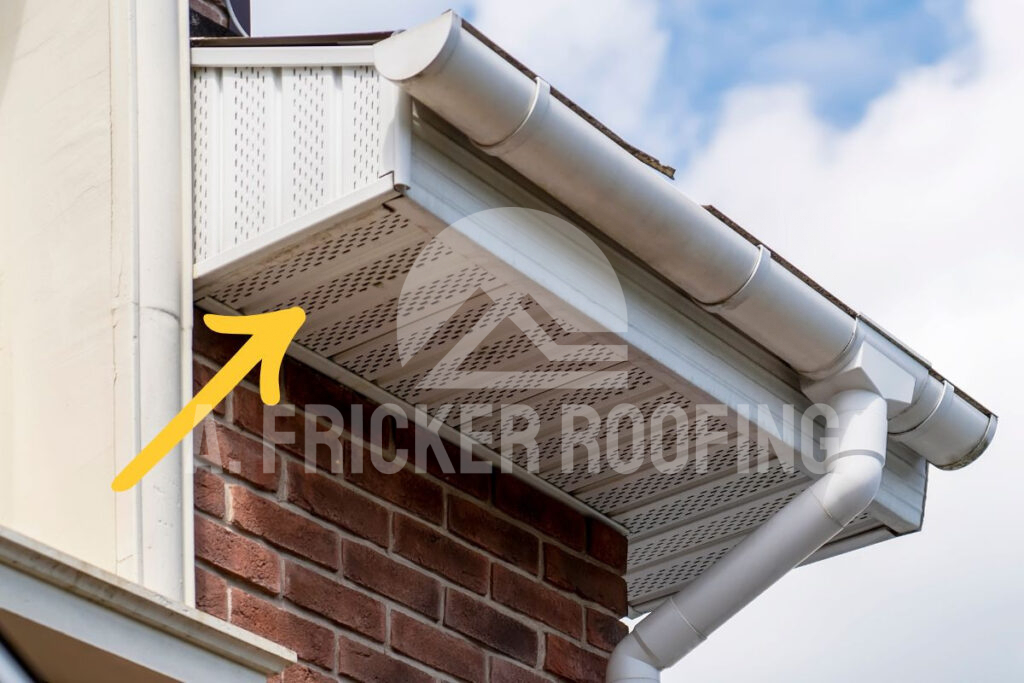
Soffit vents are located under the eaves of the roof, allowing fresh air to enter the attic. When used in conjunction with ridge or box vents, they create a balanced ventilation system that promotes air circulation within the attic.
Essential Tips For Your New Roof Installation
When starting a new roof installation, you must keep several key tips in mind.
- Always choose high-quality materials that suit your climate and aesthetic preferences. Investing in durable materials now can save you money on frequent repairs and premature replacements over time.
- Work with a highly-rated local roofing contractor with plenty of experience in new construction roofing projects. Proper installation is critical to the roof’s performance and longevity.
- Ensure adequate ventilation to prevent moisture buildup and prolong the life of your roof.
- Consider future upkeep needs and choose materials and designs that will be easy to maintain.
Start Your New Construction Roofing Project In Tulsa, OK
If you’re ready to start your new construction roofing project or have any questions about choosing the best materials and designs for your new roof, contact A. Fricker Roofing and Waterproofing in Tulsa, OK. Our experienced team can provide expert advice and professional roof installation services to ensure your new roof is built to last. Contact us today at (918) 402-7167 for a consultation, and let us help you create the perfect roof for your home.
